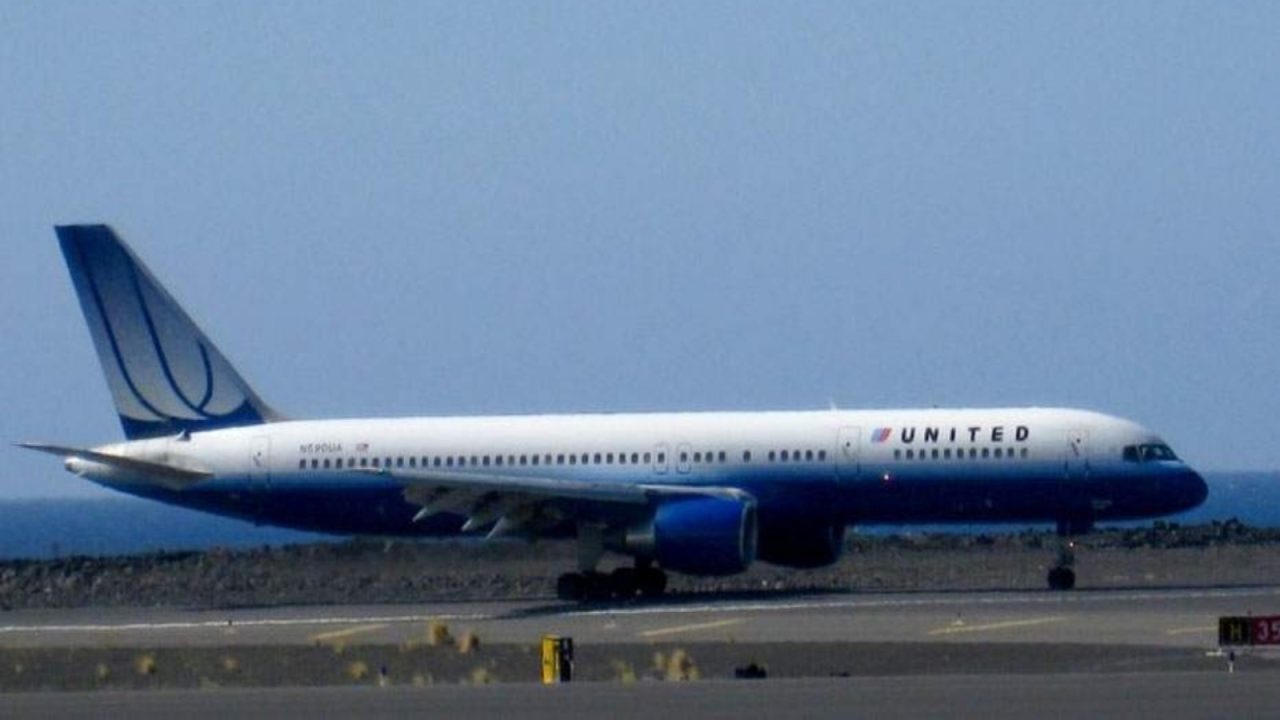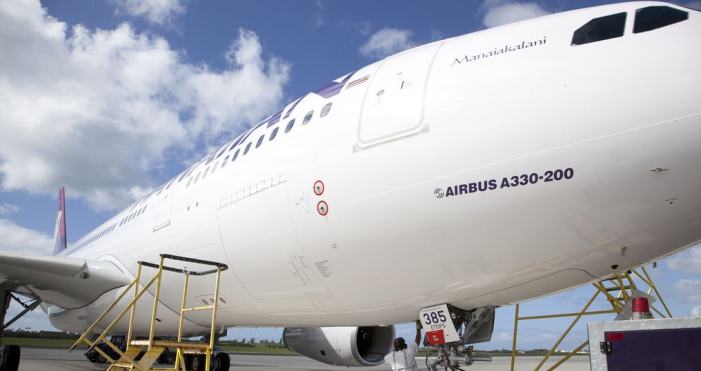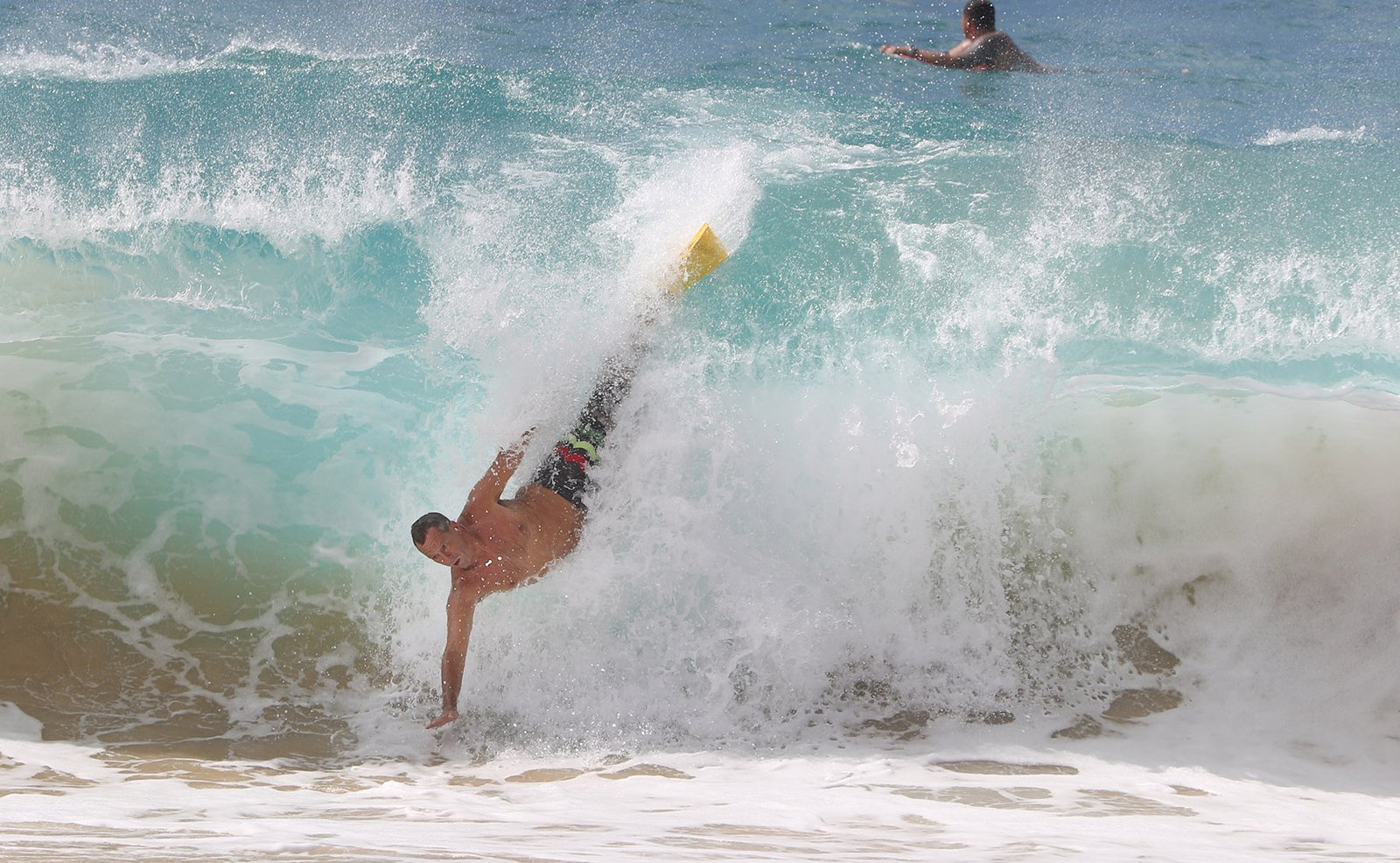It’s been nearly four weeks since the last Hawaii flight diversion, which seems relatively good. Then, late Friday night, there was a mid-air flight diversion that took place on a flight departing Hawaii for the mainland.
Friday’s United Airlines Hawaii flight diversion.
United Airlines flight 1724 departed the gate at Kona on the Big Island at its usual time on Friday at 11:01 pm. By 11:15 pm, it was in the air bound for San Francisco. The 21 year old Boeing 757-300, registration N57869, began its transit across the Pacific, but not for long. Instead, for unknown reasons, the plane diverted to Honolulu, where it landed safely at 12:30 am. There was a significant delay before the aircraft arrived at the gate at 1:07 am.


Plane was delayed at Honolulu for over 15 hours.
The same aircraft resumed its flight from the diversion point at Honolulu to its destination, San Francisco. The plane did not leave Honolulu, however, until 6:23 pm Saturday and was due to arrive in San Francisco at 2:44 am Sunday.
The reasons behind such flight diversions are highly diverse.
Diversions can be triggered by a wide range of factors, encompassing medical emergencies (involving both passengers and crew), adverse weather conditions, incidents of disruptive behavior (whether directly responsible for the diversion or not), and mechanical problems. There has been speculation that even solar flares might lead to an increase in mechanical diversions.
It’s worth noting that Hawaii-bound flights must adhere to strict ETOPS regulations specifically for mechanical issues, as the routes involve crossing the world’s longest expanse of ocean without any designated diversion points.
Beat of Hawaii
Earlier this month, lightning struck a Hawaiian Airlines plane, causing another mid-air diversion.
On Sunday, October 1, Hawaiian Airlines Flight 5, traveling from Las Vegas to Honolulu, took off as scheduled after a delay of 90 minutes for reasons unknown. However, the delay was just the start of the flight’s troubles. After reportedly being struck by lightning, the A330-200 widebody jetliner swiftly redirected back to Las Vegas, making a hasty landing just 21 minutes after takeoff, as indicated by the flight tracking website FlightAware.
Hawaiian Airlines officially verified the incident to the local Las Vegas news media, confirming that their flight had indeed been struck by lightning. At the time of the lightning strike, there were a total of 289 passengers and crew members on board the trans-Pacific flight.


Flight 5 was able to resume its journey after undergoing a mandatory aircraft inspection. Passengers were well cared for during the delay, receiving meals and accommodations. It appears that they could continue their travels on various other Hawaiian Airlines flights on both Monday and Tuesday.
The lightning strike occurred shortly after take-off, a phase of the flight where such events are more likely to happen. Typically, these incidents occur when the aircraft is flying through clouds, although we couldn’t confirm whether the flight was in a cloudy environment at the time of the strike.
How often does lightning hit Hawaii flights?
The frequency of lightning strikes on flights to Hawaii, like any other destination, can vary considerably depending on the season, weather patterns, and geographical location. Hawaii, being an island chain in the mid-Pacific, is subject to its own unique weather conditions.
Lightning strikes on flights are rare, and airlines take precautions to avoid adverse weather when planning flight routes. They also have safety measures in place to handle lightning strikes if they do occur, such as conducting inspections and making diversions when necessary.
Specific statistics on how often lightning strikes affect Hawaii-bound flights aren’t readily available, but airline safety measures are designed to minimize the associated risks. NOAA says, “Commercial transport passenger planes are hit by lightning an average of one or two times a year.”
Do you know what caused this United Airlines Hawaii flight diversion? Please let us know if you were onboard.
Image courtesy of FlightRadar24 and hat tip to William S.






Leave A Comment